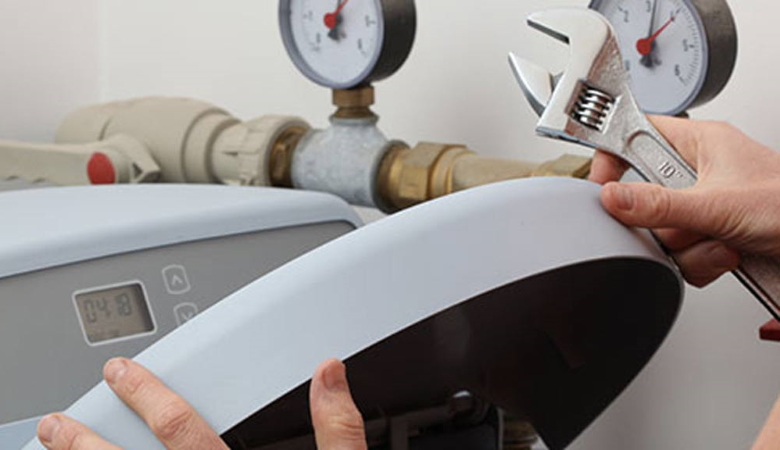Introduction
Hard water can be a major nuisance, leaving behind scale buildup on appliances, fixtures, and even your skin. Fortunately, a water softener can solve all those problems, providing you with soft, clear, and refreshing water throughout your home. But before you enjoy the benefits of soft water, you need to install the softener. So, how long does it take to install a water softener? Let’s dive into the details to find out.

Image: jugfree.com
Factors Affecting Installation Time
The time it takes to install a water softener depends on several factors:
- Type of Water Softener: There are two main types of water softeners: salt-based and salt-free. Salt-based softeners are more common and generally take longer to install due to the need for a brine tank.
- Location of the Installation: If the water softener is installed in a crawlspace or basement, it will be easier to access and connect to existing plumbing. Outdoor installations may take longer due to weather conditions and the need to bury pipes.
- Plumbing Configuration: The complexity of your plumbing system can impact installation time. If you have a lot of pipes or existing water treatment systems, the installation may take longer.
- Installer’s Experience: The experience level of the installer plays a role. A professional plumber familiar with water softener installation can complete the job more quickly.
Average Installation Time
On average, installing a water softener takes between 4 and 8 hours, depending on the factors mentioned above. Here’s a breakdown of the time estimates:
- Salt-based softener in an easily accessible location: 4-6 hours
- Salt-based softener in a difficult location (e.g., outdoors): 6-8 hours
- Salt-free softener in an easily accessible location: 2-4 hours
- Salt-free softener in a difficult location (e.g., outdoors): 4-6 hours
What to Expect During Installation
The water softener installation process typically involves these steps:
- Shutting off the water supply: The main water supply to your home will be turned off temporarily.
- Choosing the installation location: The best spot for the water softener will be determined based on your plumbing and space constraints.
- Mounting the water softener: The softener will be mounted on a wall or floor and connected to the plumbing.
- Setting up the brine tank (for salt-based softeners): A brine tank will be filled with salt to regenerate the softener.
- Connecting the softener to the plumbing: The softener will be connected to the cold water line and the drain pipe.
- Testing and adjusting the system: The water softener will be tested to ensure it’s functioning correctly, and any necessary adjustments will be made.

Image: spruceup.co.uk
Expert Insights and Actionable Tips
- Consider a professional installation: While some homeowners attempt DIY water softener installations, it’s best to entrust the task to a licensed plumber. This ensures correct installation and minimizes potential issues.
- Gather necessary tools and materials: Before installation, gather all the tools and materials you’ll need, such as a wrench, pipe cutter, and Teflon tape.
- Read the manufacturer’s instructions carefully: Each water softener model may have specific installation requirements. Reading the instructions will help you avoid mistakes.
- Allow ample time for completion: Don’t rush the installation process. Take your time and ensure everything is done correctly.
- Test the system thoroughly: Once installed, run your water throughout the house to ensure it’s working as expected.
How Long To Install Water Softener
Conclusion
Installing a water softener can transform your home’s water quality, but it’s essential to know how long the process takes. On average, you can expect to spend 4-8 hours on the installation, depending on the specific factors involved. By planning ahead and following expert advice, you can ensure a smooth and successful installation. Whether you opt for a DIY or professional approach, the benefits of soft water are worth the time investment.